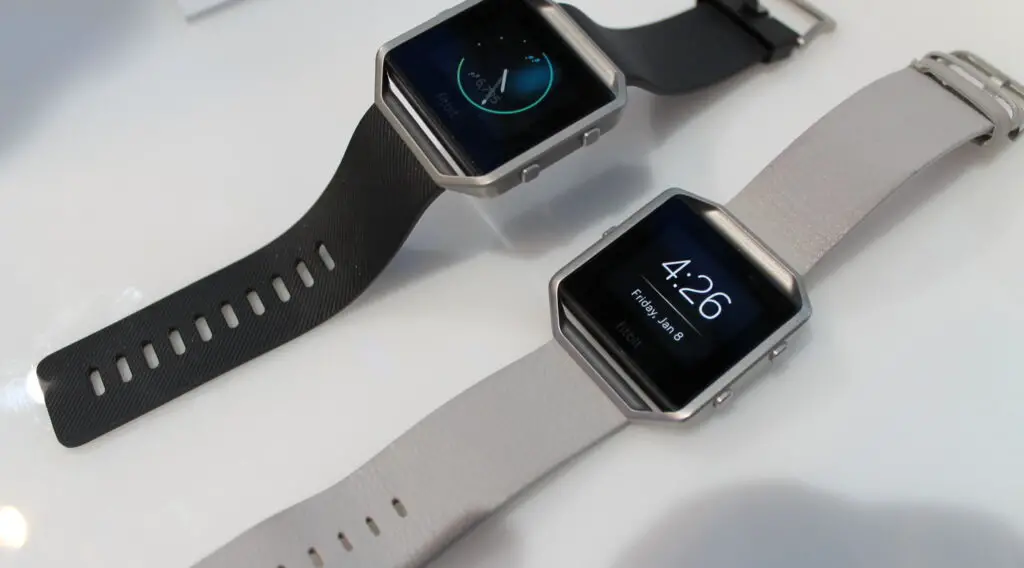This is a detailed guide on how to set up and use the Fitbit Dual Time Zone feature, making it easy for you to stay on schedule, no matter where you or your contacts are.
Understanding Fitbit’s Dual Time Zone Feature
The Fitbit Dual Time Zone feature is a vital tool for anyone who needs to keep track of time across different regions. It allows you to display two different time zones on your Fitbit device: Your local time (primary time zone) and another time zone of your choice (secondary time zone).
This feature is particularly beneficial for travelers, international business people, or anyone who needs to coordinate with others in different time zones. The secondary time zone is displayed in a smaller font. This ensures that you can easily distinguish between the two while keeping a clear view of your local time.
Setting Up Dual Time Zone on Your Fitbit
Setting up the Dual Time Zone feature on your Fitbit involves a few straightforward steps:
Wake Up Your Device: Press the side button or tap the screen to activate your Fitbit’s display.
Enter the Settings Menu: Swipe through the apps and tap on ‘Settings’. This is often represented by a gear icon.
Select Clock Options: Within the settings, find ‘Clock Display’ or ‘Clock Faces’. The option varies depending on the Fitbit model.
Choose the Secondary Time Zone: In the clock settings, look for an option labeled ‘Additional Time Zone’, ‘Secondary Time’, or similar. Here, you can select the city or time zone you wish to add. Some Fitbit models may require you to first enable a dual clock face that supports the secondary time zone feature.
Save and Exit: After selecting your secondary time zone, save your changes. Exit the settings, and your Fitbit will now display both time zones.
It’s important to note that the availability and naming of these options can vary based on the Fitbit model and the software version it is running.
Managing Time Zones
Once set up, managing the dual time zones on your Fitbit is intuitive. Your primary time zone will always be displayed prominently.
The secondary time zone, meanwhile, will appear in a smaller font. Alternatively, it will be displayed when you tap or swipe on your Fitbit’s screen.
This display depends on your clock face settings. The design ensures that you have a clear and immediate view of both time zones.
You can change the secondary time zone at any time. To do this, simply revisit the clock settings in the Fitbit app or on the device itself.
Troubleshooting Common Fitbit Dual Time Zone Issues
While the Fitbit Dual Time Zone feature is generally user-friendly, you might encounter some issues. Here are common problems and their solutions:
Software Updates: If the dual time zone feature is not working as expected, check if your Fitbit device needs a software update. Outdated software can lead to functionality glitches.
Device Compatibility: Confirm that your Fitbit model supports dual time zones. Not all models have this feature. You can check this information on the Fitbit website or in the user manual.
Restarting the Device: If the secondary time zone is not displaying correctly, try restarting your Fitbit. This can often reset any minor software issues that might be causing the problem.
Fitbit Support: If you continue to experience difficulties, the Fitbit Help Center is a valuable resource. It offers detailed guides and FAQs. In addition, Fitbit’s customer support can provide personalized assistance.
Following these steps should help you resolve most issues related to the Dual Time Zone feature on your Fitbit device.
